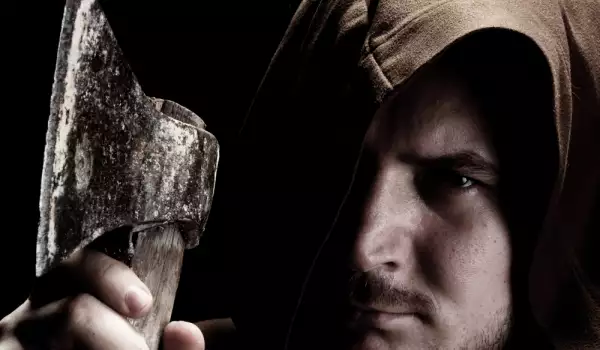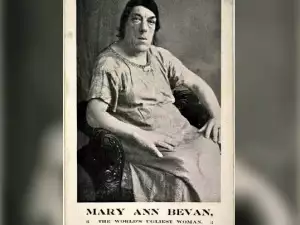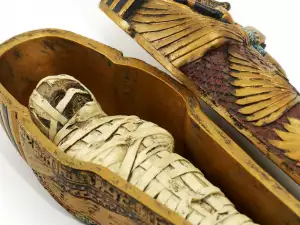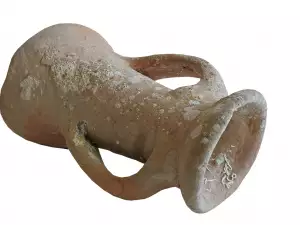Among the most mysterious figures during the Middle Ages was that of the executioner. He was the last person that those sentenced to death would see before heading out for the afterlife. The image of the executioner is shrouded in myths and legends, still drawing interest even today.
During the medieval period, executioners ranked close to the lowest of classes in society - those of actors and prostitutes. They would carry out different services for citizens, supplying them with all kinds of unlawful things.
Executioners would receive a percentage for the person killed. In the early days they were allowed to collect any items found beneath the waist or in the pockets of the convicted, while later on they earned the right to take their clothes and bodies. They would sell the body parts of the condemned and different drugs made from them.
The executioner also had access to and sold the various items having to do with the punishment, such as the noose if the convict was hung. These items were used by alchemists for a myriad of esoteric experiments.
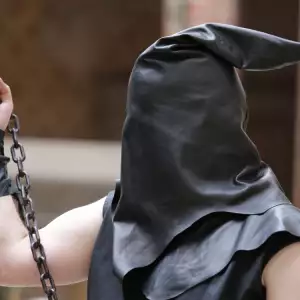
Additionally, many executioners during the Middle Ages also dealt with exorcisms. It was believed that physical pain was one of the surest methods for forcing the demon to leave the person's body. A lot of those sentenced to death were tortured by executioners with this very goal in mind.
But despite their dark profession, in the medieval period executioners were allowed to marry and create families. Further they enjoyed the privilege of taking as many products from the markets as they wanted, free of charge. This set in after merchants massively refused to take money from the blood-soaked hands of the executioners.
During communion, the executioner would always be last. During church services he was required to stand at the very back of the church.
It was also his duty to offer the town government his replacement whenever he decided to leave his position. Otherwise he couldn't quit.
One of the most widespread legends surrounding executioners is that they wore hoods. But this does not reflect reality. The carriers out of the death sentence did not hide their faces. Executioners only put hoods on when beheading certain royalty.
A little-known fact is that in some countries, such as France, there were also female executioners. A found document from the year 1264 reads as follows: "He who detracts or has committed an unlawful act will according to the judges' verdict have their face beaten with a stick by representatives of his sex, men by men, women by women."
